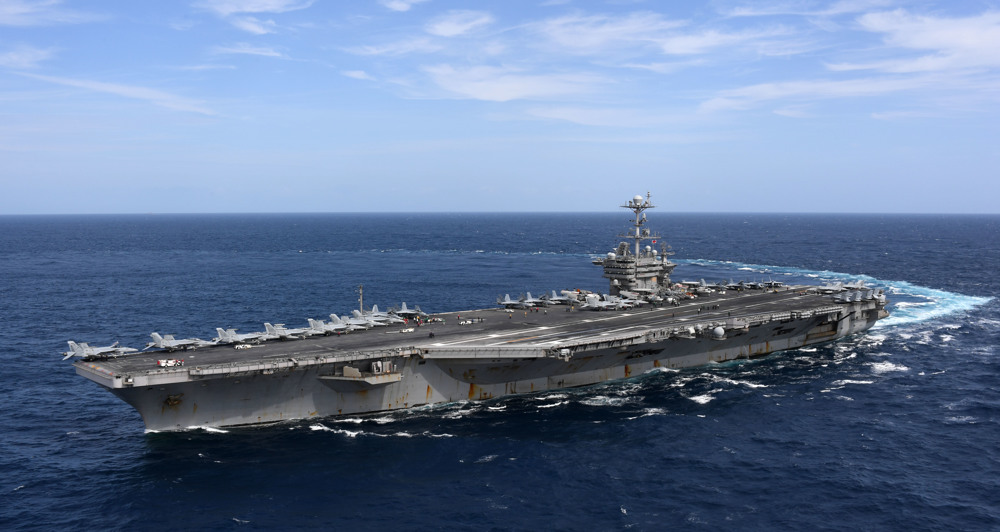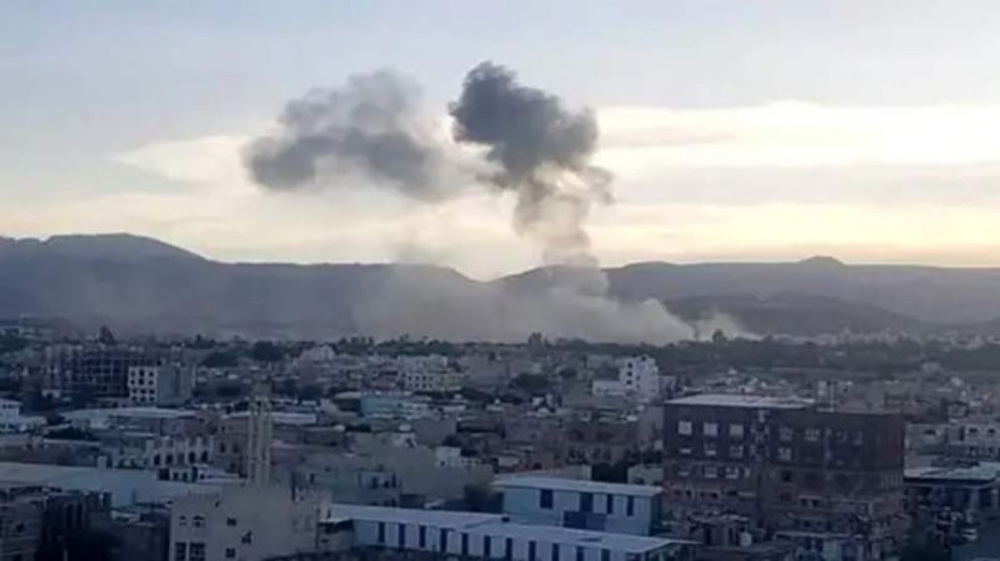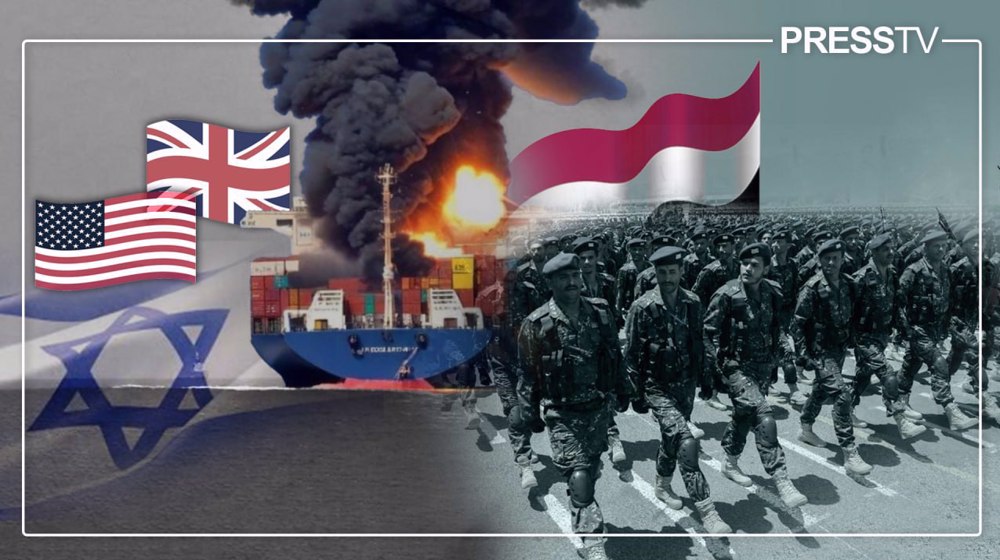US B-1 bombers fly over Korean Peninsula in response to North tests
Two US B-1 bombers have flown over South Korea in response to North Korea's recent ballistic missile tests.
Under the command of US Pacific Air Forces, the two B-1s took off from Andersen Air Force Base in Guam on Saturday.
The bombers were then joined by Japanese and South Korean fighter jets and flew over the Korean Peninsula and over the Osan Air Base in South Korea.

Their 10-hour mission, which included formation and intercept training, was in direct response to Pyongyang’s successful test of an intercontinental ballistic missile (ICBM) on Friday and the previous July 3 launch of the "Hwansong-14" rocket, according to a statement by the US Air Force.
“North Korea remains the most urgent threat to regional stability," General Terrence O'Shaughnessy, a Pacific Air Forces Commander, said in the statement on Saturday.
"Diplomacy remains the lead; however, we have a responsibility to our allies and our nation to showcase our unwavering commitment while planning for the worst-case scenario. If called upon, we are ready to respond with rapid, lethal and overwhelming force at a time and place of our choosing," he added.

On Saturday, North Korean leader Kim Jong-un said the whole US mainland was now within the range of the newly-tested guided missile, an updated version of the Hwasong-14 ICBM that flew as far as 998 kilometers for some 47 minutes at a maximum altitude of 3,724.9 kilometers.
According to North Korea's official Korean Central News Agency (KCNA), Kim, who himself oversaw the second ICBM test, said the long-range missile demonstrated the country's surprise attack capability and sent a "serious warning" to the United States.
Read more:
- US, S Korea hold missile drill in response to North
- 'North Korea fires ballistic missile toward Japan'
- ‘Whole US mainland within N Korea ICBMs range’
Following the test, US authorities confirmed that the missile was an ICBM, but downplayed claims that it could reach the US mainland.
Meanwhile, the Russian Defense Ministry, in a statement, cast doubt on the declared nature of the missile and said its characteristics appeared to be "those of a medium-range ballistic missile."
In response to the test, the US and South Korea also conducted a military exercise later on Friday, using surface-to-surface missiles.
The US 8th Army said the drill by its troops and the South Korean army was carried out to show their "precision firing capability" and "exercise assets countering North Korea's missile launch."
Hamas hails Gaza’s victory over Israel in genocidal war, its forcing enemy to agree to ceasefire
'Capitulation': Israeli officials and media concede Gaza defeat as truce unfolds
'Gaza has won': Social media users react to ceasefire with mix of relief, joy
Iran seeks South Korea’s assistance for AI, fiber-optic projects
VIDEO | Iran's 'Eqtedar' (Power) maneuver
Israel hits HTS military target in Syria for 1st time since fall of Assad
VIDEO | Press TV's news headlines
Israel has slaughtered 13,000 students in Gaza, West Bank









 This makes it easy to access the Press TV website
This makes it easy to access the Press TV website